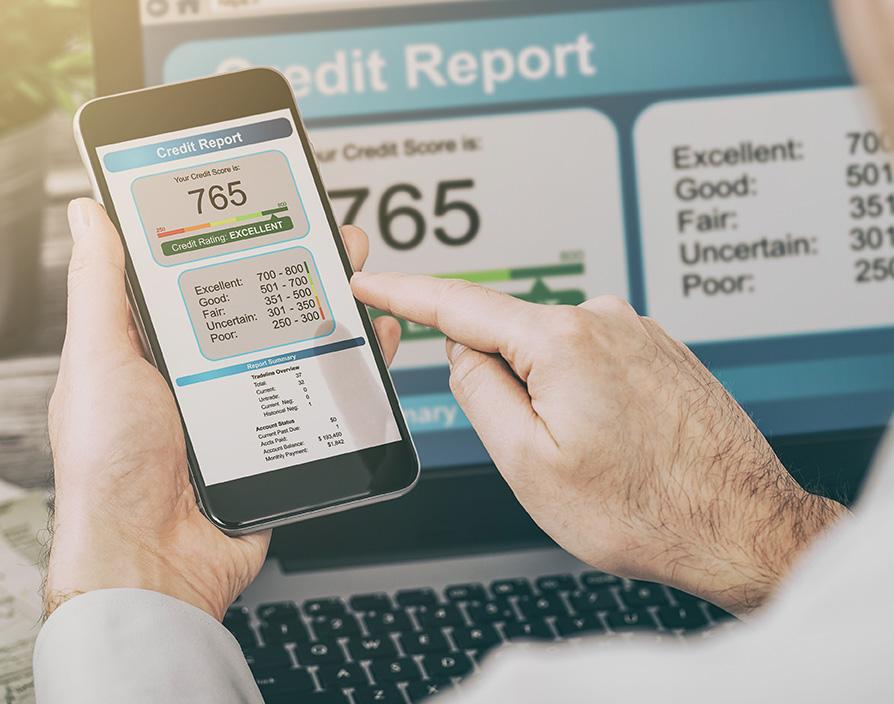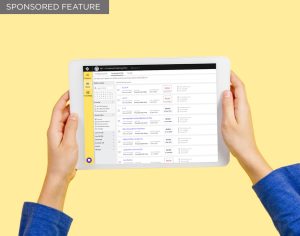When used correctly, it’s a game-changer, offering a peek into your customers’ financial health, empowering you to make shrewd credit decisions and steering clear of potential future losses.
But that’s not all. It goes beyond just assessing customers; it illuminates areas where your own business can shine, making you more attractive to lenders and suppliers. The business credit report is a super tool that businesses should leverage more regularly!
At its core is the business credit score, a crucial metric that swiftly unveils a company’s creditworthiness. Although scoring criteria may vary among reporting agencies, this score provides instant insight into a company’s financial reliability.
Deciphering a comprehensive business credit report may pose a challenge, especially if you’re unsure where to begin. So, let’s break it down, starting with the contents of a business credit report. The data itself is no small feat; credit reporting, facilitated by one of the UK’s main agencies like Creditsafe (our choice of credit rating supplier at Know-it), has contributed to businesses predicting nearly 70% of insolvencies up to a year in advance.
You’ll discover a wealth of information, including company details like address, industry with SIC code, company registration number, and VAT number, alongside credit flag and credit limit, business credit rating, payment behavior, key financial figures, company contact details, exceptional events, CCJs, insolvencies, and losses incurred due to customer liquidation or administration.
Pay close attention to their industry and SIC Code, especially considering that certain industries carry higher risks than others. The credit limit and rating are usually prominently displayed; with Creditsafe, green signals very low risk, orange indicates medium risk, and red denotes high risk. The traffic light credit flag system provides a quick read on the credit risk, while the credit rating and score, along with the odds of business failure within 12 months, offer a comprehensive snapshot.
Delving deeper into their payment behavior reveals outstanding payments and a comparison with those paid on time. The presence of CCJs and their average days beyond terms offer crucial insights into the business’s financial habits. Remember, a CCJ is a court order for unpaid debts, and the average days beyond terms gauge the typical lateness in payments. The more CCJ’s the greater the potential risk of loss.
And there’s more; a credit report enables you to see the financials published by a business, including annual reports overview, key figures like turnover and financial ratios, balance sheet, and profit & loss – all key metrics in how that business is and likely to continue to trade.
Ultimately, the credit report guides you on how to trade with the business and to what degree. Every credit report provides a credit limit, allowing you to set an appropriate limit for orders, generating revenue while making it affordable for your customer and minimising the risk of non-payment.
So, next time you think about running a credit checks, remember the wealth of insights a business credit report can provide. It’s not just about avoiding losses; it’s about strategically growing your business and making informed decisions.
Share via:









































